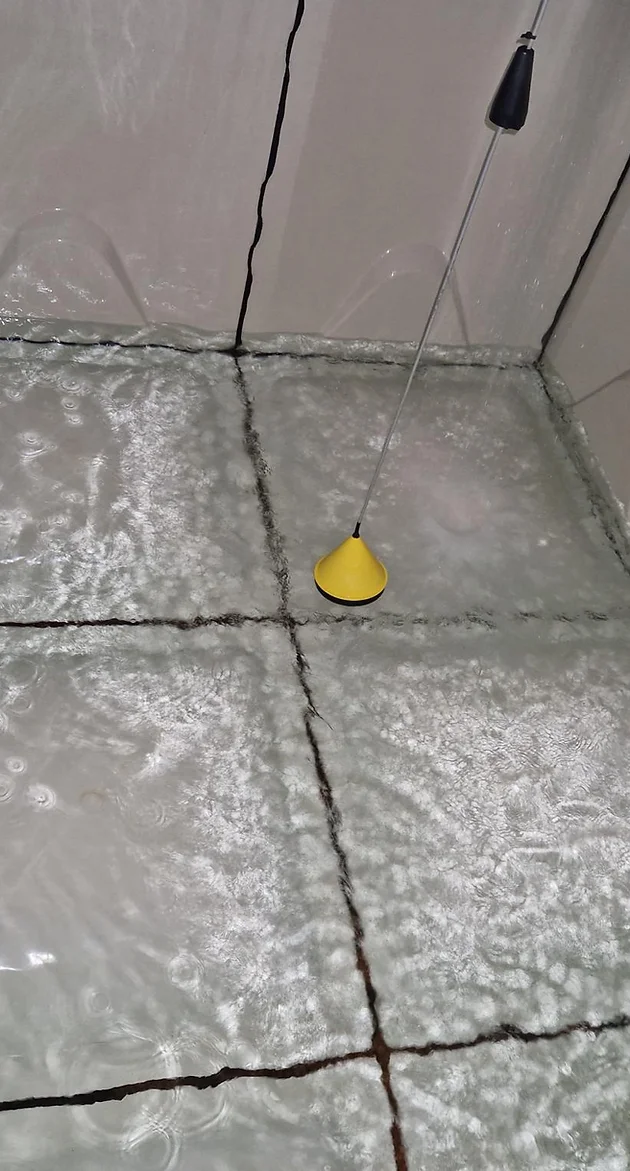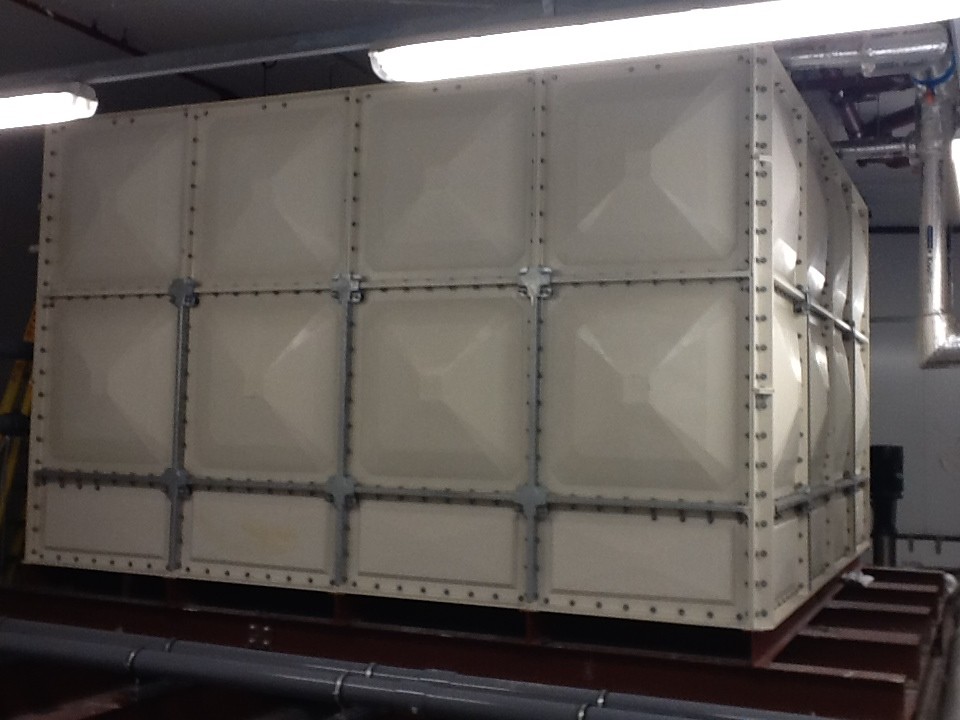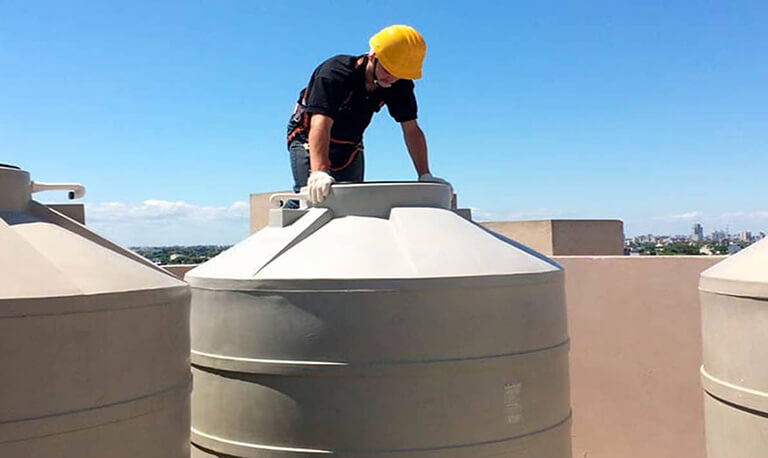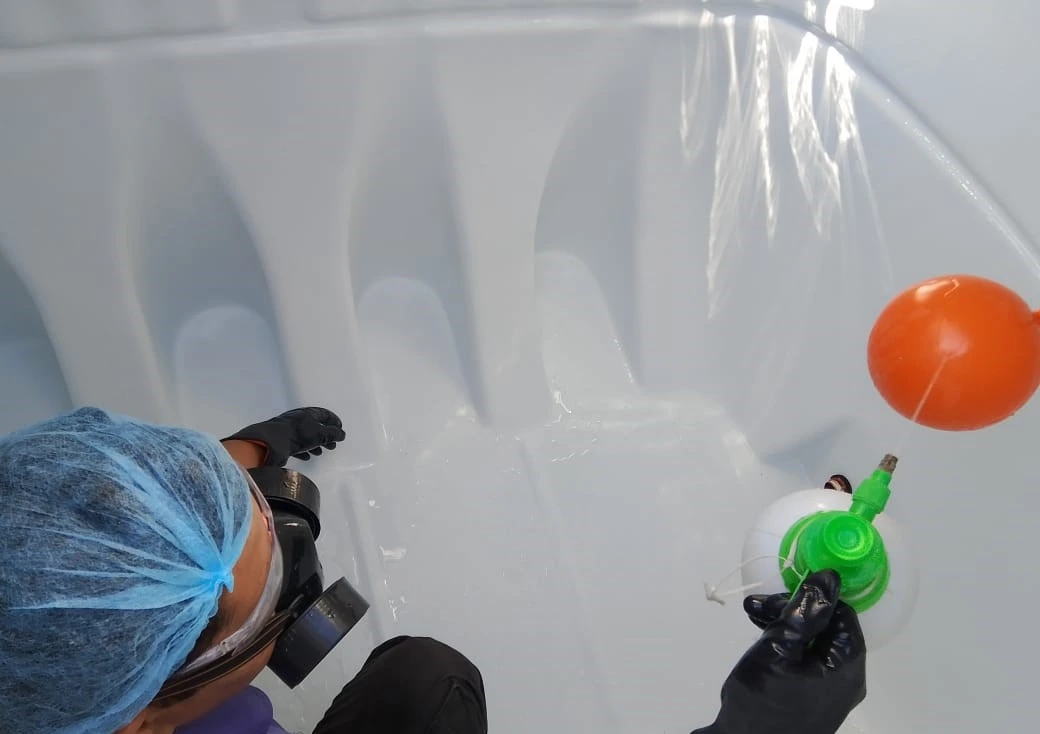Common Water Tank Issues and How To Solve Them
Water storage tanks play a crucial role in various applications, from agriculture and commercial use to household tasks. Therefore, any problems with your water tank can significantly disrupt your daily operations.
In this article, we’ll explore the five most common water tank issues and share our insights on how to prevent them.

What Are the Common Problems with Water Tanks?
Many issues with water tanks stem from improper maintenance, exposure to harsh weather, and corrosion. Sediment buildup and algae growth, as well as corroded surfaces, are just a few of the challenges you might face. Let’s take a closer look at these common water tank problems.
1. Sediment Buildup in Water Storage Tanks
Sediment accumulation is a prevalent issue, particularly in rainwater tanks. It’s essential to regularly remove solids that settle at the bottom and cling to the walls to prevent significant buildup. Installing a water tank lining can provide a long-term solution by reducing sediment accumulation.
2. Leaks or Broken Pipes
Leaks are another common problem you may encounter. These can often arise from corrosion or occur around fittings like pipes and connectors. Bent or broken pipes may also contribute to leaks. To prevent water loss, conduct regular inspections and address any issues before they escalate.
3. Algae Growth in Water Storage Tanks
Algae is a frequent concern, especially in white or transparent plastic water tanks that allow sunlight to penetrate. If not addressed, algae can quickly coat the tank's interior and contaminate the water supply. While chemical additives can limit algae growth temporarily, the most effective solution is to minimize sunlight exposure. This can be achieved by applying a protective coating to the interior. If this isn’t feasible due to the tank's condition, consider a full tank replacement with a material that blocks sunlight.
4. Water Tank Tipping
Improper installation can lead to water tanks settling unevenly or tipping, which poses safety hazards. Tanks can hold thousands of liters of water, and a tilted tank can endanger those nearby. Always ensure tanks are installed on a level surface and according to the manufacturer's guidelines.
5. Legionella
Legionella bacteria can thrive in unmaintained potable water tanks, leading to Legionnaires’ disease—a serious lung infection. To prevent this risk, it’s vital to maintain your drinkable water storage tanks through regular cleaning. Implementing a tank lining can also create a barrier between the water and the tank surface.
How to Avoid Water Tank Issues
To prevent problems with your water tank, regular maintenance is key.
Regular Water Tank Cleaning and Maintenance
Conducting routine cleaning and inspections is essential for preventing issues. This includes visually inspecting the tank’s exterior and its connections. You should also drain and thoroughly clean the interior, checking for any visible wear or damage. If you discover any problems, don’t hesitate to contact a professional for repairs, as small issues can quickly escalate.
Water Tank Lining
Using a durable lining system is one of the best ways to extend your water tank's lifespan and prevent issues. An interior coating acts as a protective layer, safeguarding the water from bacteria, algae, rust, and other contaminants while preventing tank deterioration.
Avoid Water Tank Issues with First Clean
Want to steer clear of future water tank problems? First Cleaning Services offers top-notch water tank cleaning solutions in the UAE. Whether you have a small or large water tank, our expert services ensure your tank remains in excellent condition.





